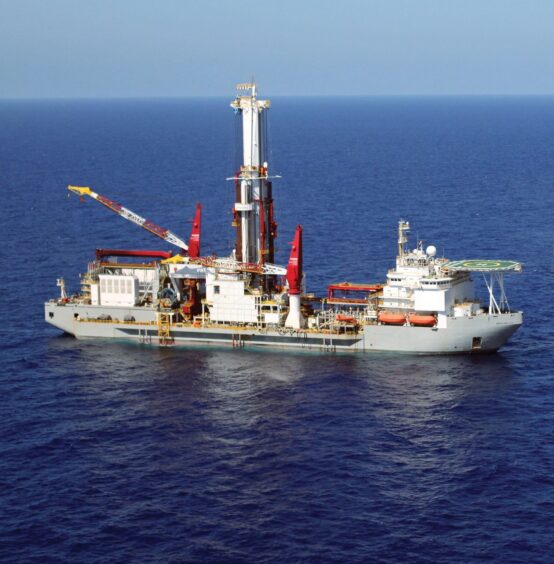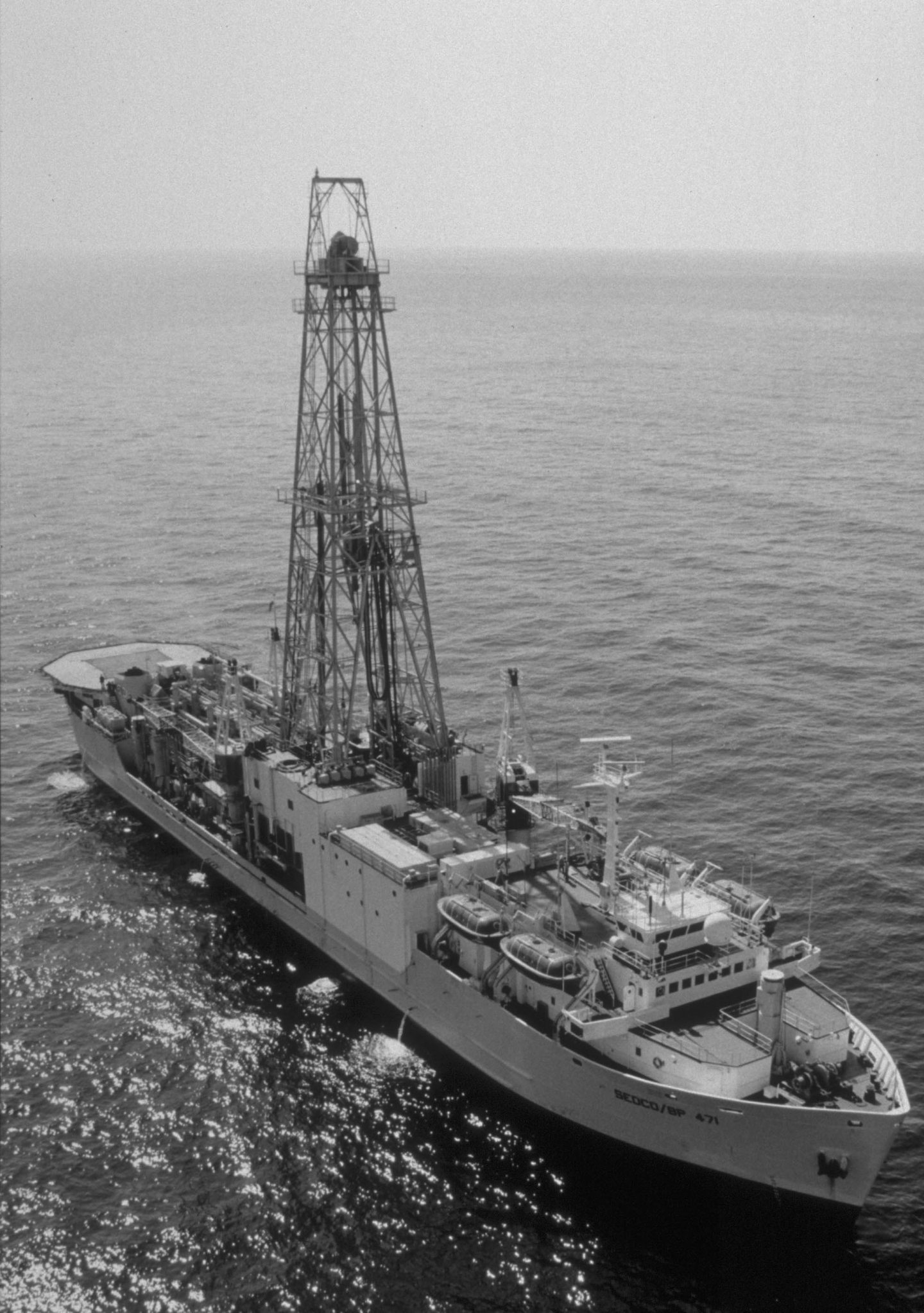
Recently, Joides Resolution (JR), arguably the most famous research drillship of all time, was prematurely retired and is now in the early stages of being stripped of its equipment prior to scrapping.
Under a decision finalised in March 2023 by the US National Science Foundation not to renew its long-running co-operative agreement with Texas A&M University for operation and maintenance of the JR, which is owned by Siem Offshore of Norway, the plan had been to keep the ship in service until 2028.
Instead, it ran its last operational cruise this year prior to tying up for good in August.
Anyone even vaguely familiar with the International Ocean Discovery Program (IODP) will have heard of the 143m Joides Resolution, which was built back in 1978 in Canada as a commercial drillship.
It was not until 1985 that JR was outfitted for scientific drilling, harvesting ocean seafloor cores and associated data around the globe to enable sub-surface modelling, notably deep mineral resources assessments including hydrocarbons.
By its own admission, the NSF has acknowledged that JR was the most utilized of the scientific ocean drilling assets working for the IODP and that it had latterly cost a little over $70 million a year to run.
For a decade, NSF provided around $48 million annually to Texas A&M University for operations with the balance supplied by international partners.
NSF’s excuse for pulling the plug on JR early? Rising costs and the fact that not everyone in the IODP was willing to cough up more money to cover said costs.
The programme had become “unsustainable”.
Scientific ocean drilling has contributed hugely to understanding the broader Earth system and the NSF claims to recognise its importance. But it fails to acknowledge its relevance to climate understanding.
It claimed in 2023 that: “By ending support for the JR now, funds and resources can be directed towards ensuring a sustainable future for the scientific ocean drilling community.”
I’ve read this statement time and again and still don’t understand it. If ocean drilling research is so goddamned important to the US, why wasn’t a successor to the JR planned five to ten years ago?
Happenstance, over this very period, a sizeable number of sixth-generation oil and gas industry super-drillships with barely a decade of service on their clocks were chopped prematurely because of the impact of Covid, oil market woes and climate change impacts on Big Oil’s future.
In my view, two ships in particular had the potential to succeed JR, the so-called Bully sisters. They were developed by Shell and Noble Corp.
The Bully class was designed to operate from the tropics to the icepack. It featured a compact multi-purpose drilling tower, instead of a conventional derrick.
The 168m ice-strengthened hull was shorter, lighter, and more energy efficient than all other comparable vessels. Compare this with the massive 210m hull of the Chikyu.
Bullies were kitted out to drill in water depths to 12,000ft (surface blow-out preventer mode) and sub-sea BOP operations to 8,250ft as equipped (but to 10,000ft capability). The total drilling depth below the drill floor was 40,000ft.
They weren’t even ten years old when sold for scrap in October 2020. A colossal waste.
There are other hulls ordered around the time that the Bullies entered service that have never even been completed. And some others like Stena Evolution, have only just been finished or nearly so. Stena Evolution, built by Samsung Heavy Industries, was originally ordered by Ocean Rig in 2014, and named Ocean Rig Crete.
Meanwhile, the rest of the world isn’t waiting for the Americans to wake up. It would appear that other scientific ocean drilling ships are in planning or, in China’s case, actually being built.
Construction of the Mengxiang (Chinese for Dream) started in November 2021 and the vessel was ready for trials last December (2023). The expectation is that it will be fully commissioned by the end of this year. It remains to be seen whether the Chinese will commit to another such vessel.
One should not forget Japan’s vessel Chikyu, delivered in 2005 and which has proved to be a highly capable asset of JAMSTEC (Japan Agency for Marine-Earth Science and Technology).
One presumes that Japan will show a great deal more foresight than the Americans have over JR come the day that Chikyu needs replacing.
So, how will the US National Science Foundation plug its assets gap? Hitch rides with the Japanese and Chinese?
Well, perhaps the Japanese, but the Chinese would be stretching it.
One supposes that, with so much idle ship-shaped, modern deepwater drilling tonnage lying idle/not even completed, NSF could pull a rabbit out of its hat for US pride by striking a competitive deal with a current fleet operator like Noble or Transocean, or Valaris.
After all, that’s how Joides Resolution was recruited.
Recommended for you

 © Supplied by JOIDES
© Supplied by JOIDES